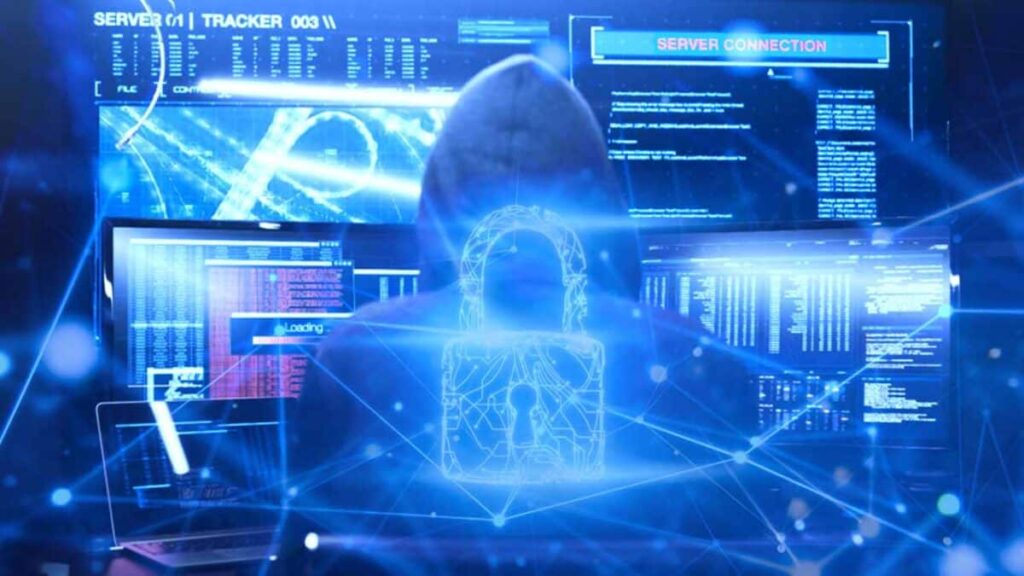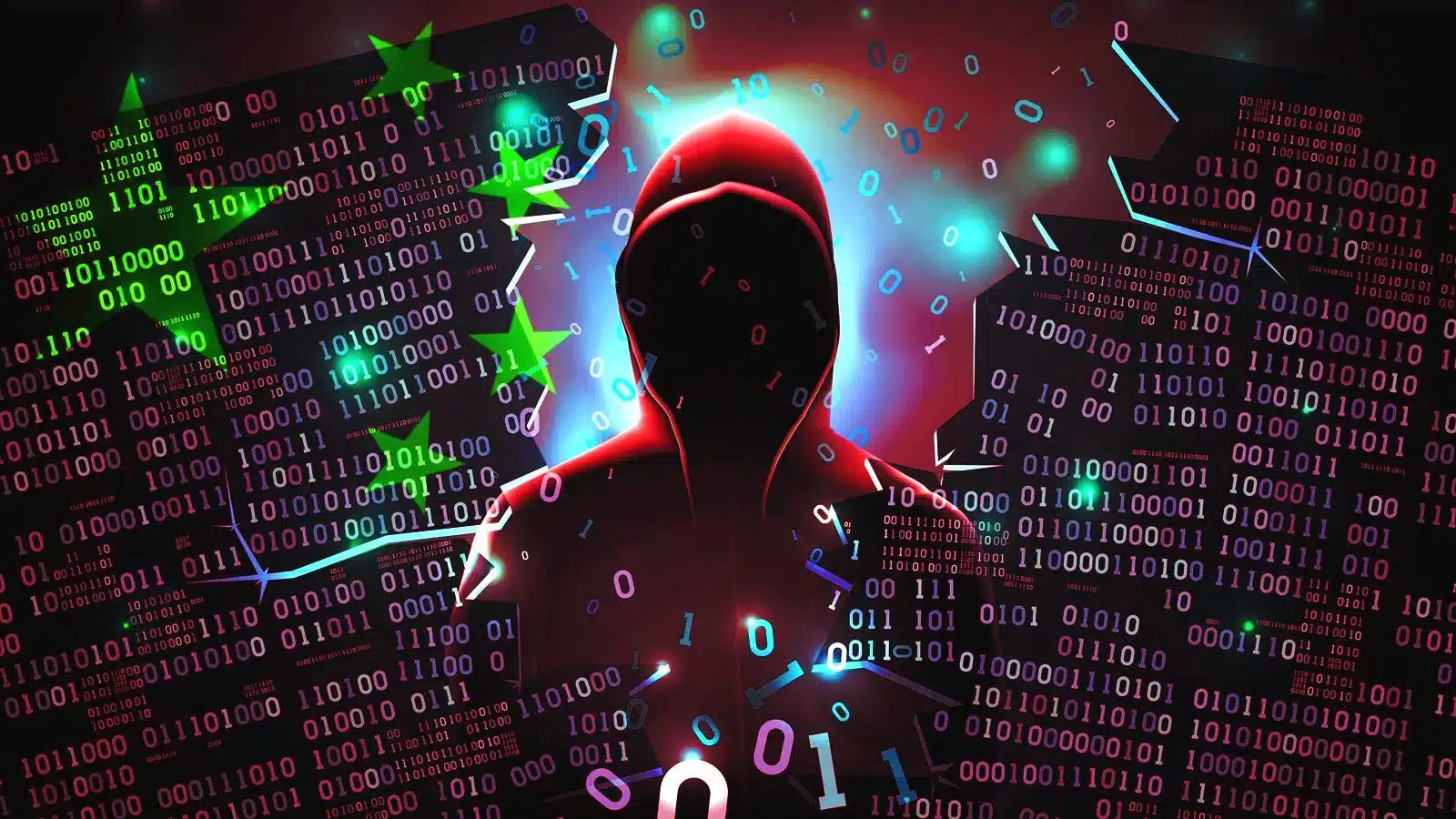Why We Need to Take Action Now
As technology continues to advance at a rapid pace, so do the methods used by hackers to exploit vulnerabilities in computer systems and networks.
Hacking has become an increasingly sophisticated threat to the security of individuals and organizations alike. In this article, we will explore why hacking will be a major threat in the future and what steps can be taken to mitigate the risks.
Why Hacking Will Be a Major Threat in the Future?

As the world becomes more connected through the internet of things (IoT), the number of devices and systems vulnerable to hacking increases. From smart homes to self-driving cars, every connected device represents a potential target for hackers. In recent years, cyber warfare has become a significant concern for governments and military organizations. Nation-states and other actors use hacking as a means of espionage, sabotage, and warfare. With the increasing reliance on technology in modern warfare, the potential consequences of a cyber attack are severe.
One of the primary motivations for hackers is financial gain. Cybercriminals target financial institutions, businesses, and individuals to steal sensitive information and money. As technology continues to evolve, so do the methods used by hackers to exploit vulnerabilities in computer systems and networks. Many individuals and organizations do not take cybersecurity seriously. They fail to implement basic security measures such as strong passwords, encryption, and regular updates. This lack of awareness makes them easy targets for hackers.
What Can You Do To Mitigate the Risks?

Increase Cybersecurity Awareness
The first step in mitigating the risks of hacking is to increase cybersecurity awareness. Individuals and organizations must understand the importance of strong passwords, encryption, regular updates, and other basic security measures. This includes training employees on cybersecurity best practices and establishing clear policies and procedures.
Implement Multi-Factor Authentication
Multi-factor authentication provides an additional layer of security by requiring users to provide a second form of authentication in addition to a password, such as a code sent to their mobile…


